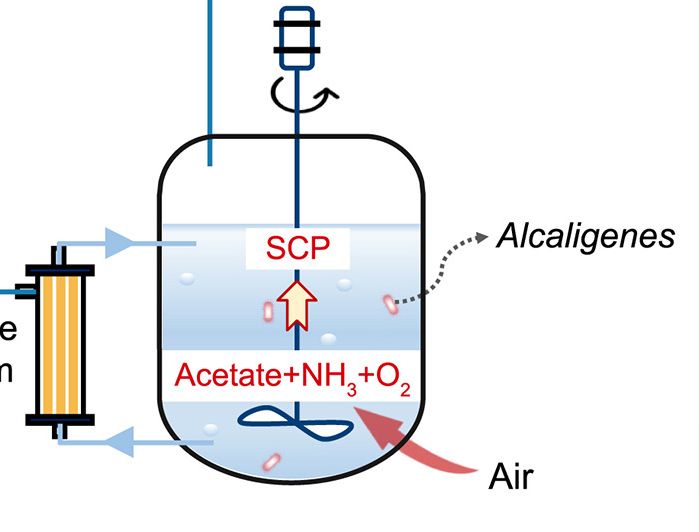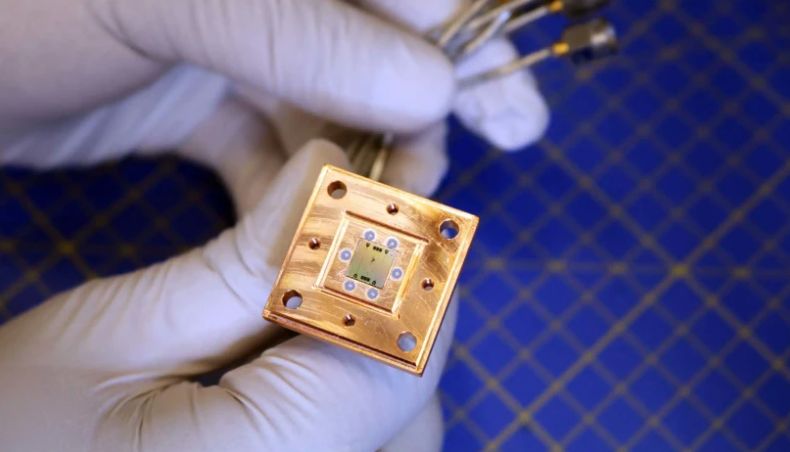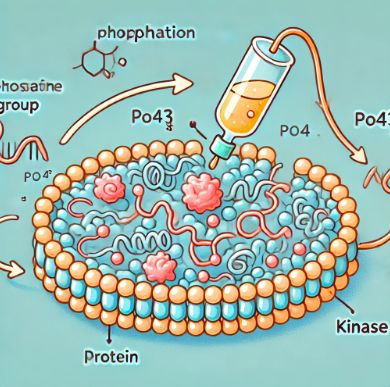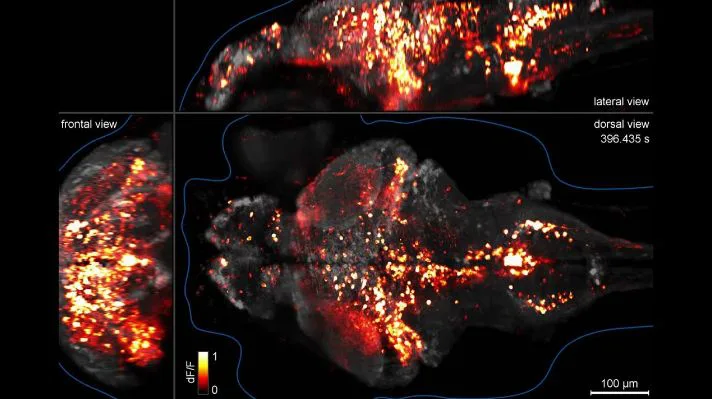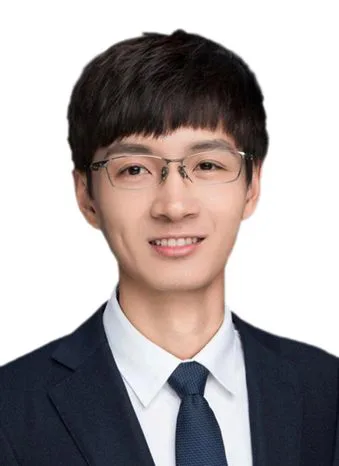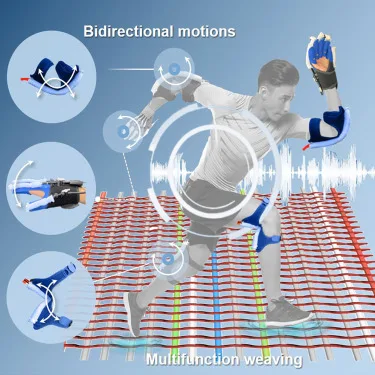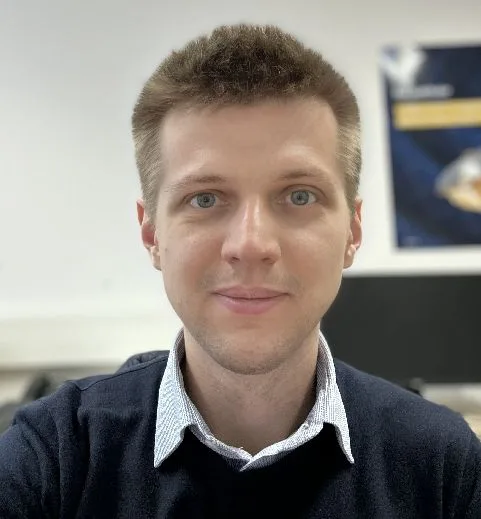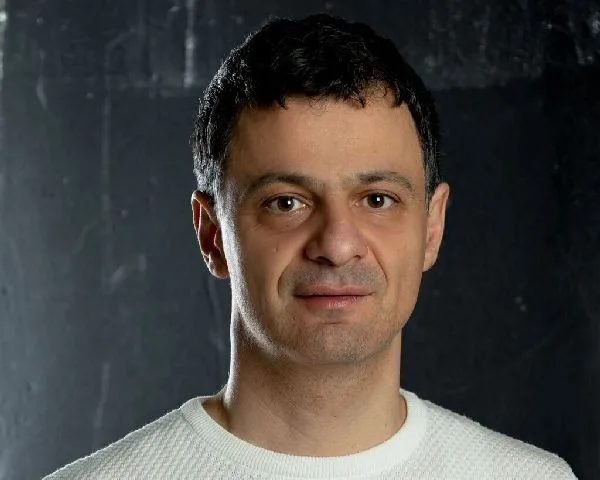For decades, quantum networks have always been looked as a research curiosity than a practical technology. I personally imagined it to be a field of entangled particles, stretching across galaxy and the quantum connections in the field space enables telepathic communication, this is how I concluded, quantum entanglement happens.
Read MoreTag: innovation
Is the AI Moat Gone? DeepSeek’s Low-Cost Model Challenges Tech Giants’ Dominance
Disruption is the new normal! – This happens to be the current motif of the AI landscape. DeepSeek has posed some serious challenges to the conventional approach to AI model development. It has proved, at least looking at the current scenario, that there is no need for massive capital expenditures on training the LLMs. In fact, the advancement of AI isn’t just about the amount of data you put in, but how well you can prompt it! This reminds of a talk when asked where an Indian startup with limited…
Read MoreSustainable Protein Production: Dual-Reactor System Converts CO₂ into Single-Cell Protein
A team of Chinese researchers have designed a dual-reactor system, which has the potential of transforming carbon dioxide (CO2) into a consumable single-cell protein, offering a sustainable solution for food production.
Read MoreInterview: Prof. Dr. Michael Gerlich, Head of Foresight & Sustainability, SBS Swiss Business School, Switzerland
Recently, I read one research paper titled, “AI Tools in Society: Impacts on Cognitive Offloading and the Future of Critical Thinking” by Prof. Dr. Michael Gerlich. It is one of those research pieces, which I find extremely interesting and want to get into the depth and collect more insights. So, I tried to touch base with the research scientist and asked for his time for an email interview fortunately, he agreed. Research scientists, like Dr. Gerlich are my intellectual heroes who, despite their towering intellect and busy schedule, remain grounded…
Read MoreRecord Cold Quantum Refrigerator: A Breakthrough for Quantum Computing Stability
An interesting development around quantum computing has surfaced. We all know that these quantum systems require super cold temperature to operate at their optimal performance. Why? Well, the fundamental blocks of quantum computers, which are, the qubits cannot function in regular temperature. For reliable quantum computation, these quantum systems require extremely low temperatures as they are highly sensitive to their surroundings, in fact, even a tiny disturbance by weak electromagnetic interference can cause errors in their system.
Read MoreSynthetic Phosphorylation Networks: A Breakthrough in Cell Signaling
Bioengineers at Rice University have developed an innovative technique for creating custom sense-and-respond circuits in human cells. This innovation could be a game changer for conditions like autoimmune disease and cancer. What is custom sense-and-respond circuits in human cells? It is an interesting mechanism where cells pick up particular signals from its outside environment and react in a certain manner. It can be compared to personalized tools that can empower us to finely tune how cells behave.
Read MoreWHaloCaMP Biosensor: Real-Time Insights into Animal Physiology
Researchers at the Janelia group created an innovative way for engineered protein biosensors & bright, fluorescent Janelia Fluor (JF) dyes to work together. Aim of the new biosensor is to measure physiological signals in live animals. The revolutionary sensor, WHaloCaMP, can track multiple physiological signals in live animals, unlike its previous version. And when it comes to illumination, the detector can emit bright far-red light. This light can penetrate deeper into tissues than the other (existing) wavelengths.
Read MoreInterview: Dr. Yaqing Shen, Material Scientist at KAUST, Saudi Arabia
I’m excited to introduce Dr. Yaqing Shen, a highly accomplished scientist in the field of Material Science and Engineering. Her groundbreaking research on advancing the use of two-dimensional (2D) semiconductors in commercial field-effect transistors (FETs) caught my attention. Despite her hectic academic responsibilities, Dr. Shen graciously agreed to an email interview, where she shared insights into her work and career.
Read MoreHigh-Performance 2D Semiconductor Transistor Fabrication: h-BN Dielectrics and Metal Gate Tech
Two-dimensional (2D) semiconductors hold enormous potential to transform the future of electronics. However, their full potential is hindered by a major challenge: interface defects that form between the semiconductors and insulating layers, which degrade overall performance.
Read MoreInterview: Dr. Fengxin Sun, Fiber Scientist at Jiangnan University, China
I’m excited to introduce Dr. Fengxin Sun, an Associate Professor at the Key Laboratory of Eco-Textile, Ministry of Education, Jiangnan University in Wuxi, China. Dr. Sun completed his Ph.D. in textile materials at Donghua University in Shanghai in 2017 and spent time as a joint Ph.D. student at the Institute for Frontier Materials, Deakin University in Australia. His research covers a fascinating range of topics, from textile material evaluation and functional textile development to mechanical modeling and simulation of soft materials.
Read MoreYarn-Based Weaving for Soft Robotics: Revolutionizing Healthcare
Globally, electronics engineers are busy developing devices that are flexible, adaptable, and built for high performance. These devices are designed for real-world applications, including – robotics, healthcare and wearable technology. Similar efforts are underway in developing smart textiles as well. Interestingly, these fabrics can detect environmental changes or perform specific functions.
Read MoreNeutron Innovation: Precise Temperature Measurement for Electronics
We are constantly surrounded by electronics. From LEDs to batteries, these electronics have become part of our lives. And so, more advanced and intricate components are needed to make them more efficient and reliable. However, as these components become increasingly sophisticated, getting reliable temperature measurements of specific elements inside an object can be a challenge.
Read MoreInterview: Dr. Boris Goncharov, a Senior Scientist at the Albert Einstein Institute, Germany
I’m thrilled to introduce Dr. Boris Goncharov, a distinguished figure in the field of gravitational wave research. Currently, he is a Senior Scientist with the Pulsar Timing Array (PTA) group at the Albert Einstein Institute (AEI) in Hanover, Germany, where he is exploring the fascinating world of nanohertz-frequency gravitational waves.
Read MoreFrom Urine to Water: The Latest Breakthrough in Spacesuit Technology
Of all the things in movie, Dune, I particularly got fascinated with the idea how the people used those suits to recycle sweat and urine into drinkable water. It got me thinking: why can’t we make this tech a reality? Well, it turns out researchers at Cornell University are on it! They’ve developed a prototype for a new urine collection and filtration system for spacesuits. Isn’t that awesome?
Read MoreInterview: Dr. Artem Oganov, a Distinguished Professor at Skoltech, Russia
It is my honor to interview Dr. Artem R. Oganov, a world-renowned scientist whose expertise spans chemistry, crystallography, mineralogy, and materials science. He is the winner of many awards, including the prestigious European Mineralogical Union medal. And since 2017, he has been a proud member of the European Academy of Sciences.
Read More


